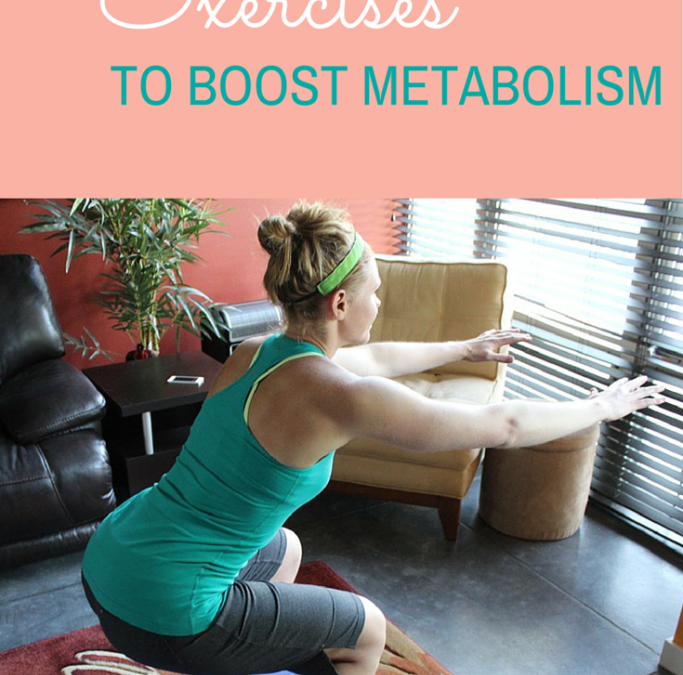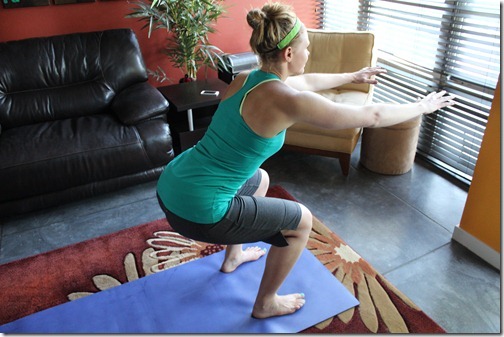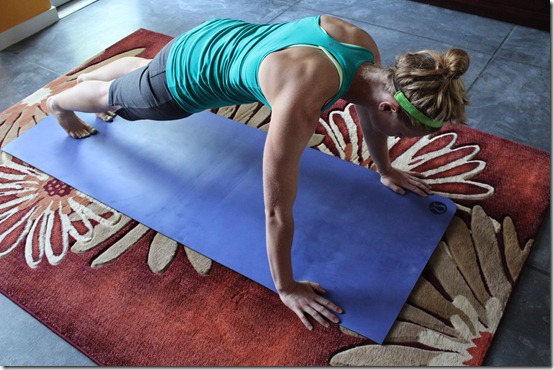Some thoughts and discussions from me.
Good Monday morning, my peeps!
How was your weekend? Mine was pretty low key. Friday night Shane and I stayed in, ordered Thai food, and watched 3 straight hours of stand up. We both love watching stand up comedy, and watched Jim Gaffigan and Aziz Ansari. Hilarious! Saturday we went out with some friends to a Mexican joint and then came back and played some Euchre.
There was one really big event of the weekend, however:
Early Saturday morning, I awoke to my 4:50 alarm to get up, get dressed and head down to the Red Rocks with Lauren for Fitness on the Rocks. We were there representing flapJacked Protein Pancakes…
yep – I am officially working with the wonderful owners of flapJacked (based in Broomfield where Lauren lives.) I’ll mostly be doing social media and local stuff, but Fitness on the Rocks kicked things off this weekend. We basically made people do a burpees for pancakes. Oh, and there were also a couple games of leap frog that went down.
We had limited space, so we had to be creative with our exercises and use mostly body weight exercises.
FOTR actually inspired today’s blog post topic – the 5 best (well, my favorite, I suppose) no equipment exercises for metabolism. More specifically, 5 exercises that use multiple muscle groups at a time, which = a greater energy output, which = more calories burned!
Ready? Here we go.
Remember, always consult your doctor before beginning any new diet or exercise program. I am a personal trainer, sports nutritionist, and group fitness instructor, but that’s where my list of fitness-y professional titles stops.
Working the glutes, hamstrings, quads, calves, and core, this exercise is at the very foundation of all lower body lifts. Talk about a compound exercise! If you’ve already mastered the body weight squat, advance to the squat jump for even more energy output/
OK, so inverted rows technically require equipment – a bar, sheet, TRX, basically any horizontal sturdy object you can grip on to.
I typically move my clients from seated rows (or standing cable rows) to inverted rows before ever putting them in a bent-over row position. Inverted rows (or body weight rows, plank rows, etc) force you to pull your own (or part of it, at least) weight up, using all of the muscles in your back – the scapulae, rhomboids, traps, teres, lats, as well as the biceps. I know it’s an upper body exercise, but it still burns major calories. Go ahead and try it, and try to tell me you’re not breathing heavy by the end of your set. And if you’re not, then move those feet a little closer to the base.
Or if you don’t have a TRX, you could use a bed sheet.
3. Push ups
Back to the basics again. Seeing a theme here? Like the inverted row, I have my clients master the push up before ever putting them on a bench with dumbbells in their hand. The push up works SO many major muscles groups – the pectoralis major and minor, the front delts, triceps – and don’t forget about the core. The push up is a major core exercise. In fact, I always tell me clients to think about lifting back up with their core. If you can’t do a push up, it doesn’t always mean you have a weak upper body – a weak core could very well be the reason.
If you can’t do a push up on the ground, don’t bring the knees to the ground. Instead, bring your hands to a study, elevated surface. My favorite way to do this is using the smith bar machine.
Another lower body exercise I love! Walking lunges use the hip extensors and knee extensors to complete the motion. Like the squats, they require core, quad, hamstring, glutes, and calf strength. My favorite way to make walking lunges more challenging is to carry a weight above my head.
5. T-plank
I love the T-plank for a few reasons: 1) it’s a dynamic core exercise, which I love implementing into programs (along with static,) which requires a great amount of core stability. 2) I love it because it literally works the entire abdominal region – the internal and external obliques, transverse abdominis, and the rectus adominus. 3) it works the entire core, as well, engaging the erector spinae (muscles along the spine,) the hips, and a little of the lats.
What are your favorite body weight exercises?











Looks like such a blast! I want to learn more about those protein pancakes now too 🙂 They sound awesome!
lunges, squats, and pushups!
Linz @ Itz Linz recently posted…St. Louis Rams Ladies Football Camp
I NEEEEED ME A TRX!!!
well the TRX is technically equipment…right? Love me a good push up!
Amanda @runtothefinish recently posted…Embracing Humidity Running: Accountability Monday
Ha! You’re right, it is. It’s a body weight exercise…but requires equipment. Brain fart!
I clarified…thank you! 😉
BURPEES!! Although leapfrog looks really fun too!
Corrie Anne recently posted…A Peek @ Our Grocery Cart & OPENutrition Challenge Prep
I love to hate burpees and squats, soo effective yet such a pain sometimes!
Kaitlin @4loveofcarrots recently posted…Marvelous Monday
I definitely have a love-to-hate relationship with lunges…effective, but painful! But the favourites would be squats, pushups and planks.
Sam @ Better With Sprinkles recently posted…MIMM: Searching for a New Home.
Fitness on the Rocks looks super-cool! Neat you got to be a part of it! All of the above are awesome bodyweight exercises. The one I love to hate is any BURPEE variation! Such a great total-body toner! Happy Monday 🙂
Katie @ KatieEnPursuit recently posted…Hotel, Motel, Holiday Inn…
I love no equipment workouts, they’re always my favorite. May explain why I’m obsessed with pilates;)
I don’t even know if I can choose my favorite no equipment exercises. Pushups, burpees, side leg lifts, ballerina butt lifts, clams, I could go on forever so I’ll stop there 😉
Lisa recently posted…Mini Delights
Bodyweight moves have become my favorites lately. Maybe it’s just the ease of doing them with no required equipment but they really do a great job. Love all of these.
Christine @ Love, Life, Surf recently posted…All-night Walk Under the Moonlight
I have yet to try TRX exercises but they look so fun!!
Kammie @ Sensual Appeal recently posted…A colorful Saturday morning – Color Me Rad 5K Chicago
I have discovered that you and I have so many different names for the same exercises! 🙂
These are definitely some of my faves. I’m a big fan of workouts with little to no equipment. My minimal weapons of choice would be a medicine ball, resistance bands and a step. 🙂
Those flapJacked gals are hot! 😉
Lauren @ Oatmeal after Spinning recently posted…Fitness & Fun with FlapJacked [Giveaway!!]
love planks and push-ups 🙂 and squats, haha we love bodyweight exercises!!
purelytwins recently posted…do you have a strong back?
I love side plank too! And chair pose in yoga. I feel like I’m working head to toe in that pose.
Kacy recently posted…The nothings of late
I love anything plyo, burpees, jump squats and lunges, but one of my favorite all time body weight exercises is the plank. I love how I feel after doing a pure plank workout, there are so many variations.
Just did some walking lunges and squats for the first time in about 6 months – expecting some pain tomorrow